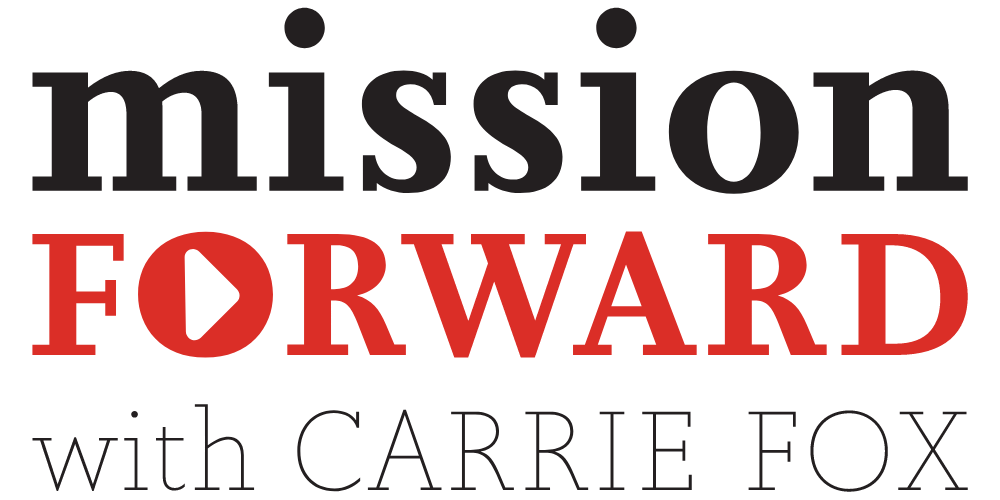Get A Little Uncomfortable.
This article is part of Finding the Words, a newsletter that delivers practical insights on the day’s issues.
When I was in my early 20s and navigating through the first years of my career as a PR professional, I remember very regularly (as in, nearly every day) feeling that I had no idea what I was doing. There was so much on-the-job learning happening at a quick pace and so much I was doing for the first time. I was being invited into meetings I didn’t understand and being asked to take the lead on tasks I had never done before.
I didn’t dare let on how anxious or uncomfortable I felt in those moments, and did my best to follow along, learning what I could by watching, and asking questions every chance I could. Thankfully, and eventually, assignments started to make sense. My initial feelings of discomfort started to fade as sparks of confidence emerged.
I suspect you’ve felt this way at one point in your life, too, if not in the present moment. That “I’m-in-over-my-head” kind of feeling that some people thrive on, and that makes others cringe.
It was not until years later that I came to appreciate the incredible benefit of those learning experiences and how essential they are to our personal growth. I've since learned that the feeling also has a name: The Learning Zone.
Developed by psychologist Lev Vygotsky, the Learning Zone was made popular in the early 2000s by educator Tom Senninger, who researched how people learn best. To do so, he said, we must be challenged. But the balance between challenge and comfort needs to be just right, and here’s why:
If we're not pushed hard enough, we're likely to stay in our Comfort Zone. Being comfortable is not a bad place to be, but learning is restricted there. We don’t take risks when we’re comfortable, and we fall into patterns when we’re comfortable.
Conversely, if we're pushed too hard, we start to panic and find ourselves in a Danger Zone, which can cause increased levels of anxiety, frustration, and burnout. Being in the Danger Zone too long is not good for anyone, just as being in the Comfort Zone for too long isn’t healthy either.
Since those early career experiences, I’ve come to understand the value of testing my own boundaries between learning zones—and supporting my colleagues in testing theirs, too. While it might feel uncomfortable, we learn at our best when taking on experiences and tasks that feel on the outer edges of our Learning Zone. It’s those moments that can be the most transformational, especially when we have the support of guides and managers who can help us when we need it.
Learning, practicing, and excelling at anything requires that we start somewhere. And often, the best place to start is by finding your zone and then testing your boundaries.
Bottom line: Consider where you’re feeling most comfortable in your work and what you could do to push a little further outside of that zone. Challenge one of your existing routines and what “changing up the process” might look like. And while you’re at it, consider where you can give a colleague a boost in their learning by providing safe opportunities to test their boundaries, too.
This post is part of the Finding The Words column, a series published every Wednesday that delivers a dose of communication insights direct to your inbox. If you like what you read, we hope you’ll subscribe to ensure you receive this each week.







I know the feeling of wanting more from a colleague—and the feeling of personally underdelivering. Even when I’ve given something my all, sometimes the results are less than I hoped. Those moments can be defeating, and they can knock us off course. If they happen too often, they’re a certain recipe for job transition. So, I’ve come to navigate these requests differently in recent years.